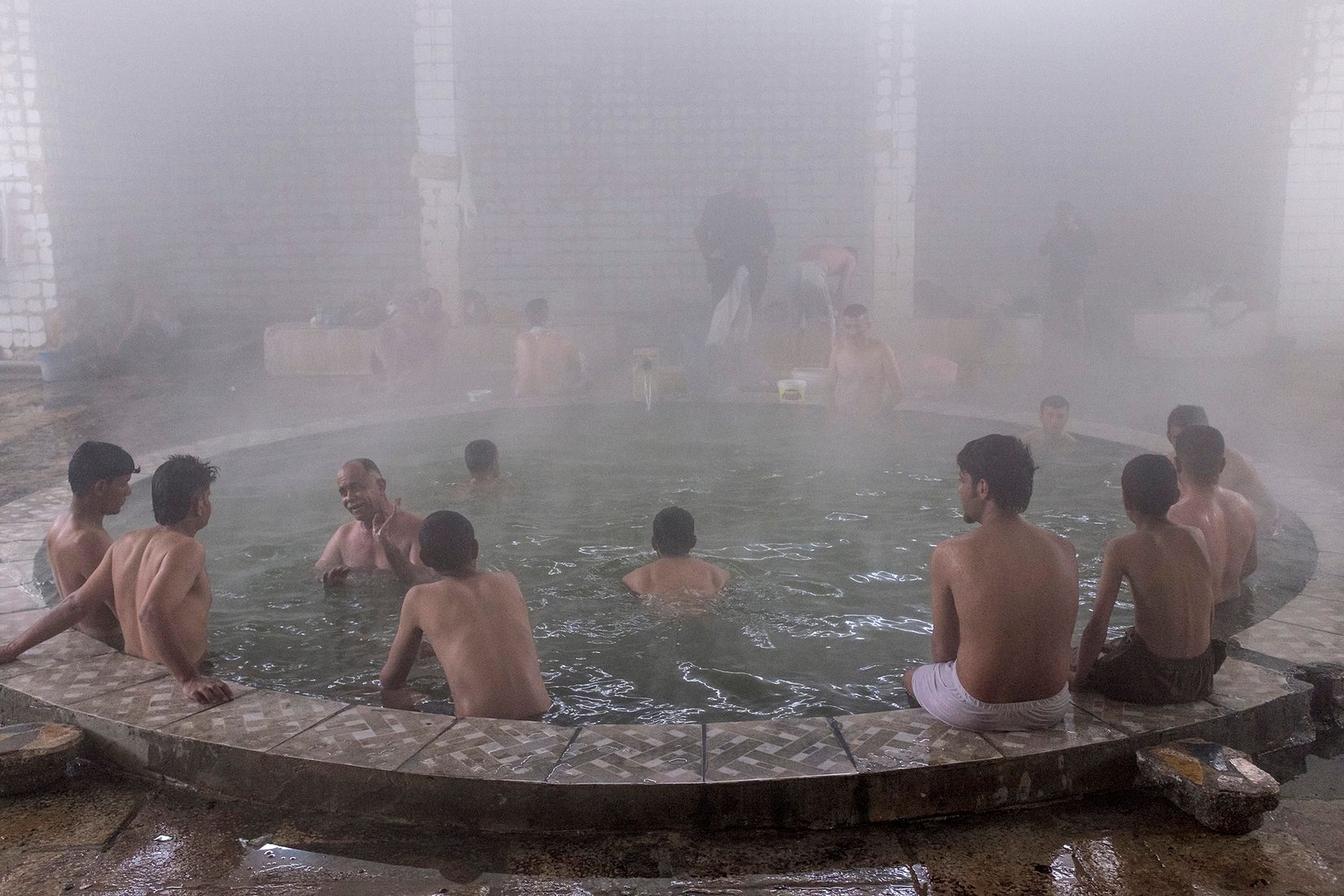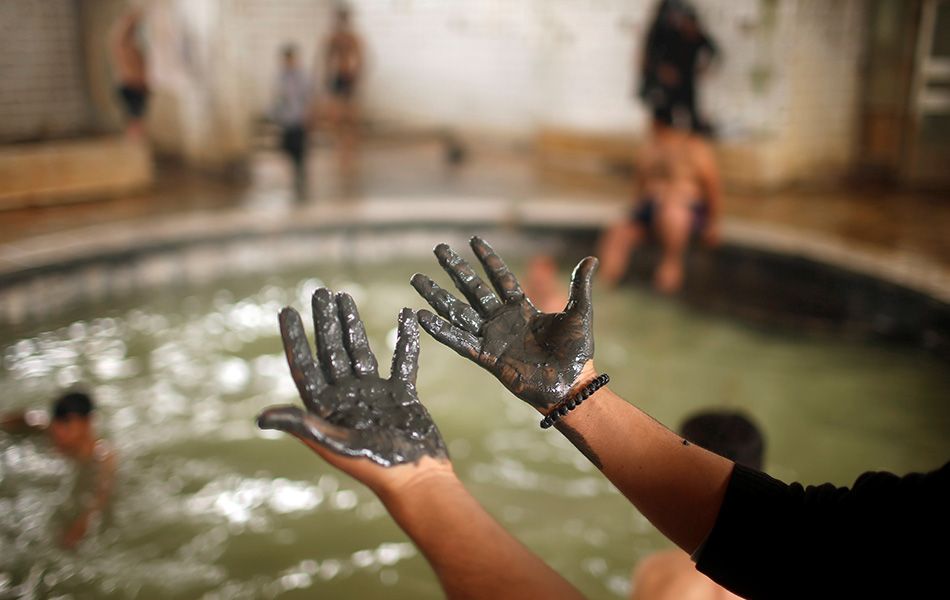The baths of Hamam al-Alil
Hamam al-Alil, literally translated to "Bath of the Sick", is a city close to Mosul in the district of Nineveh. Hamam al-Alil is named after the mineral water springs that are located on the side of the river of the city. For centuries Iraqis would travel the country to visit its baths and receive the treatment of its water due to its various medical benefits. The sulfur-rich geothermal waters that naturally rise from the ground are said to be an effective treatment for everything from rheumatism to hypothyroidism.



This being said, Hamam al-Alil is the embodiment of Iraqis keeping alive the rituals of their Sumerian predecessors, to whom the honor of inventing soap and bathing rituals are attributed. Cuneiform tablets mention the different methods of manufacturing soap and specifically mention the importance of using soap to purify one's self before performing sacred rites or to treat skin diseases. Later, Babylonians and ancient Egyptians came with comparable methods of soap-making. As a legacy of Mesopotamian culture, the Syrian city of Aleppo had a tradition of manufacturing high-quality soaps since ancient times, and is still famous for its 'Aleppo Soap'. Eastern soap recipes had in the meantime become plenty and were widely used. The follwing centuries, hammamat, or bathhouses, have flourished in the whole Arab world - at a time where much of Europe had yet to discover soap, let alone plumbing. Soap did not manage to reach Europe until it was discovered by the Western Christian crusaders in the 13th century AD. This leaded to France's first manufacturing of 'savon de marseille'.

The medical tourism to Hammam al-Alil however stagnated from 2003 onwards, as the US army established a military base in the small city. In addition the people that used to work in the hammam lost their jobs and poverty rates rose to unprecedented rates. When ISIS occupied Hammam Al-Alil in 2014, they utilized the hammam for their own use. They held the town for two and a half years until the Popular Mobilization Units (Hashd al Sha'bi) liberated the city in 2016. Together with the local Iraqi community they cleaned and reopened the hamam, allowing the tens of thousands refugees (that fled ISIS) in the near-by camps to visit.
